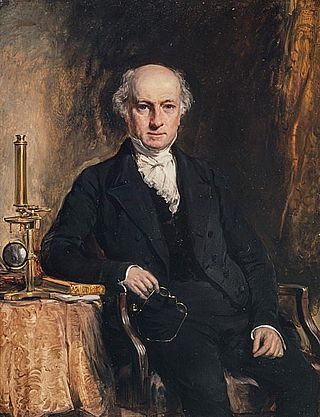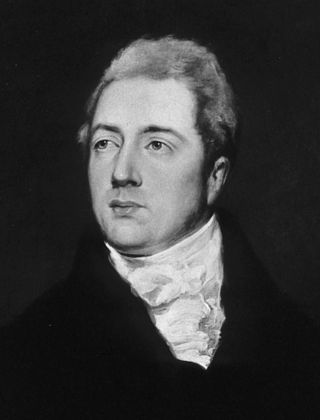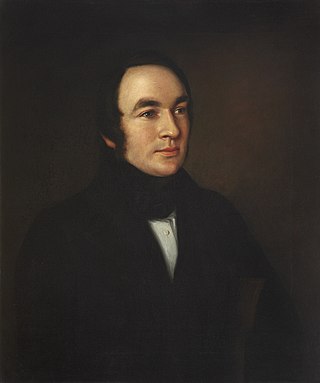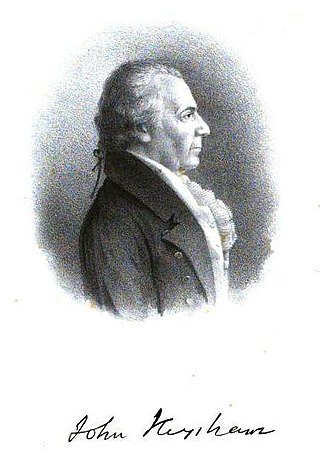Life
He was born in Scotland and educated in Edinburgh, where he graduated M.D. on 13 September 1802, his thesis being published as Disputatio de Acido Nitrico, Edinburgh. He was admitted a licentiate of the Royal College of Physicians, London, on 25 June 1806, and during the Peninsular War acted as physician to the forces, being also one of the physicians extraordinary to the Duke of Kent. Neale subsequently visited Germany, Poland, Moldavia, and Turkey, where he was physician to the British embassy at Constantinople. [1]
About 1814 Neale was in practice at Exeter, but moved to Cheltenham in 1820. There he provoked a controversy, and in a few months returned to Exeter. In 1824 he was an unsuccessful candidate for the office of physician to the Devon and Exeter Hospital. He went to London, and resided for some time at 58 Guilford Street, Russell Square. [1]
Neale was a fellow of the Linnean Society. He died at Dunkirk on 22 December 1832. [1]
Works
Neale published in 1809 Letters from Portugal and Spain, an account of the operations of the armies under Sir John Moore and Sir Arthur Wellesley, from the landing of the troops in Mondego Bay to the battle of Coruña. In 1818 he published Travels through some parts of Germany, Poland, Moldavia, and Turkey. At Cheltenham he published a pamphlet in which he cast a doubt on the genuineness of the waters as served to visitors at the principal spring: A Letter to a Professor of Medicine in the University of Edinburgh respecting the Nature and Properties of the Mineral Waters of Cheltenham, London, 1820. It was answered by Dr. Thomas Jameson of Cheltenham, in Fact versus Assertion, by William Henry Halpin the younger, and in A Letter by Thomas Newell. The controversy ended with the satirical Hints to a Physician on the opening of his Medical Career at Cheltenham, Stroud, 1820. [1]
Neale also published: [1]
- The Spanish Campaign of 1808, contributed to vol. xxvii. of Constable's Miscellany , Edinburgh, 1828, which is entitled Memorials of the late War, 2 parts.
- Researches respecting the Natural History, Chemical Analysis, and Medicinal Virtues of the Spur or Ergot of Rye when administered as a Remedy in certain States of the Uterus, London, 1828.
- Researches to establish the Truth of the Linnæan Doctrine of Animal Contagions, London, 1831.
Neale also translated from the French of Paolo Assalini Observations on … the Plague, the Dysentery, the Ophthalmy of Egypt, London, 1804. [1]

George Johnston was a Scottish physician and naturalist.
Archibald Robertson was a Scottish physician and medical author who had a notable naval career, followed by a long private practice.

John Yelloly was an English physician.

John Baron, M.D. (1786–1851), was an English physician, the biographer of Edward Jenner.

Edward James Seymour was an English physician and medical writer.

John Reid was a Scottish physician and academic, known as an anatomist and physiologist.

John Heysham M.D. (1753–1834) was an English physician, now remembered as a statistician.

George Leith Roupell M.D. FRS (1797–1854) was an English physician.
Edward Upham (1776–1834) was an English bookseller, antiquarian and orientalist.

James Hope (1801–1841) was an English physician. He has been called "the first cardiologist in the modern sense". He is known for discovering the early diastolic murmur of mitral stenosis in 1829.
John Riddell was a Scottish peerage lawyer and genealogist.

Thomas Marryat M.D. (1730–1792) was an English physician, known as a medical writer and wit too.
Gavin Milroy (1805–1886) was a Scottish physician and medical writer.

David Irving was a Scottish librarian and biographer.

Sir George Smith Gibbes M.D. (1771–1851) was an English physician and writer.
Sir Charles Scudamore (1779–1849) was an English physician, known for his writings on gout.
The Retrospective Review was an English periodical published from 1820 to 1828. It was founded by Henry Southern, who edited it to 1826, as well as contributing. From 1827 to 1828 Nicholas Harris Nicolas was co-editor with Southern.
George Robertson (c.1750–1832) was a Scottish topographical, agricultural and genealogical writer.

John Thomson FRS FRSE PRCPE (1765–1846) was a Scottish surgeon and physician, reputed in his time "the most learned physician in Scotland". He was President of the Royal College of Physicians of Edinburgh from 1834 to 1836.
Andrew Henderson was a Scottish portrait-painter.
This page is based on this
Wikipedia article Text is available under the
CC BY-SA 4.0 license; additional terms may apply.
Images, videos and audio are available under their respective licenses.
![]() This article incorporates text from a publication now in the public domain : Lee, Sidney, ed. (1894). "Neale, Adam". Dictionary of National Biography . Vol. 40. London: Smith, Elder & Co.
This article incorporates text from a publication now in the public domain : Lee, Sidney, ed. (1894). "Neale, Adam". Dictionary of National Biography . Vol. 40. London: Smith, Elder & Co.










